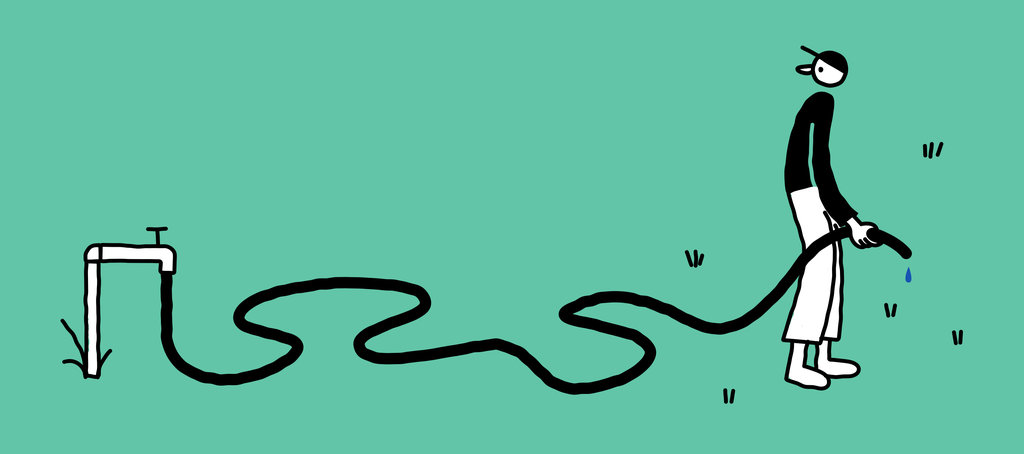A waterless future?BY Benedetta Annicchiarico
- 5 April 2022
- Posted by: Competere
- Category: Senza categoria

The last few days have brought back rain after over three months where any sight of water was a mirage. In Northern Italy it hadn’t rained in over 100 days, registering a rain deficit that reached 90% in some areas. It’s a worrisome record for a river basin that produces 40% of national GDP and provides water to 16 million citizens.
While the price of raw materials is the talk of the town, the lack of water, ultimate commodity, has moved to the background. Pandemics and wars have challenged the supply chains of sunflower oil, corn, steel, and energy, with clear – maybe irreversible – consequences on business across the world. However, the water crisis is even more universal – for two reasons. Firstly, because it is not naïve to say that water is the most precious good there exist, a fundamental element for human functions as well as socio-economic activities. 70% of the total freshwater consumed at the global level is destined to agricultural activities. Another 330 billion cubic centimeters are used for energy production (clean and otherwise) ever year.
Secondly, because such a primary good, upon which a developed society is founded, is among the most susceptible to the consequences of global warming. Changes in weather patterns are causing an intensification in power and frequency of extreme weather events (hurricanes, monsoons) in the tropics, while other areas of the world suffer from prolonged periods of drought. While Northern Australia drowns in torrential rains, the state of California has forbidden the use of drinking water to clean floors. Meanwhile, the ongoing salinization of water is threatening the freshwater supplies, which account for only 3% of the Earth’s total water body, and upon which global agriculture depend.
FROM EMERGENCY TO PREVENTION
The water crisis is as existential a problem as it is its root cause. The increase in gas prices is due to momentary shocks, destined to subdue over time. The (un)availability of water is the result of an era-defining and permanent change destined, regardless of our mitigation efforts, to shape human activity for millennia to come.
It is evident then than a rainy afternoon – or ten in a row – will not resolve or prevent droughts that are turning cyclical and endemic. Water resource management, both on a national and global level, will become increasingly complex and costly. Ensuring water supply to a growing population and, it follows, to primary industries in constant expansion, requires going from a tradition of emergency policy – especially rooted in Italy – to one of prevention policy. Clearly, the last great water crisis of 2017, which (for now) holds the record of the last 230 years, has not taught us much.
ITALY NEEDS A PROPER WATER POLICY
In Italy, the National Strategy launched in 2020 by the Ministry for Agricultural, Food and Forest Policies, allocating over half a billion euros to better water management, has proven insufficient. Meanwhile, the Resilience and Recovery Plan has granted another three billion in hydro-infrastructure investments and leak prevention in water distribution, a loss that amounts to 39% of the overall water that flows along the national network. Concretely, what we need is a capillary reservoir network and the upgrading of the existing infrastructure. Maybe the pandemic did teach us something about the importance of prevention after all.
